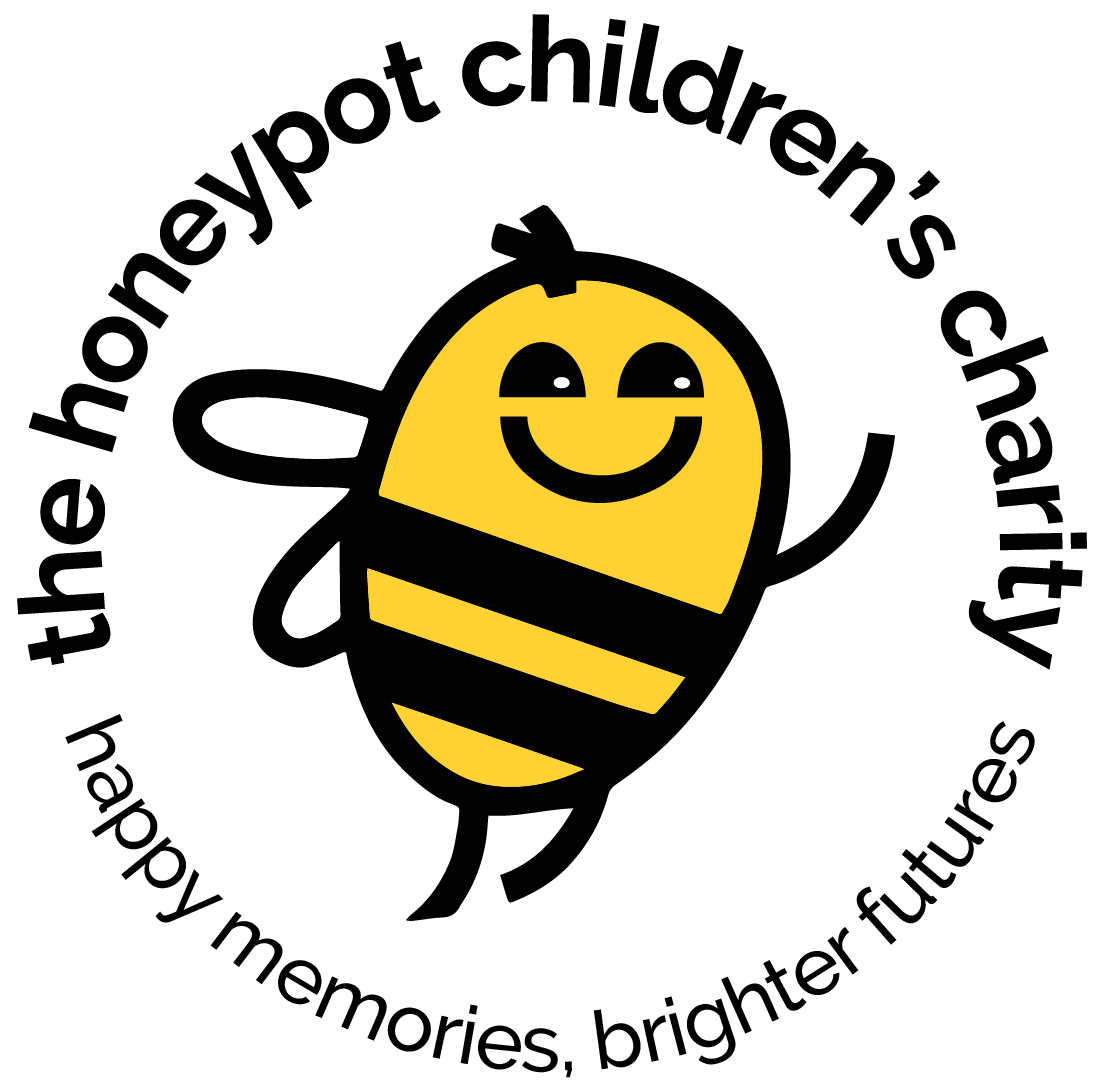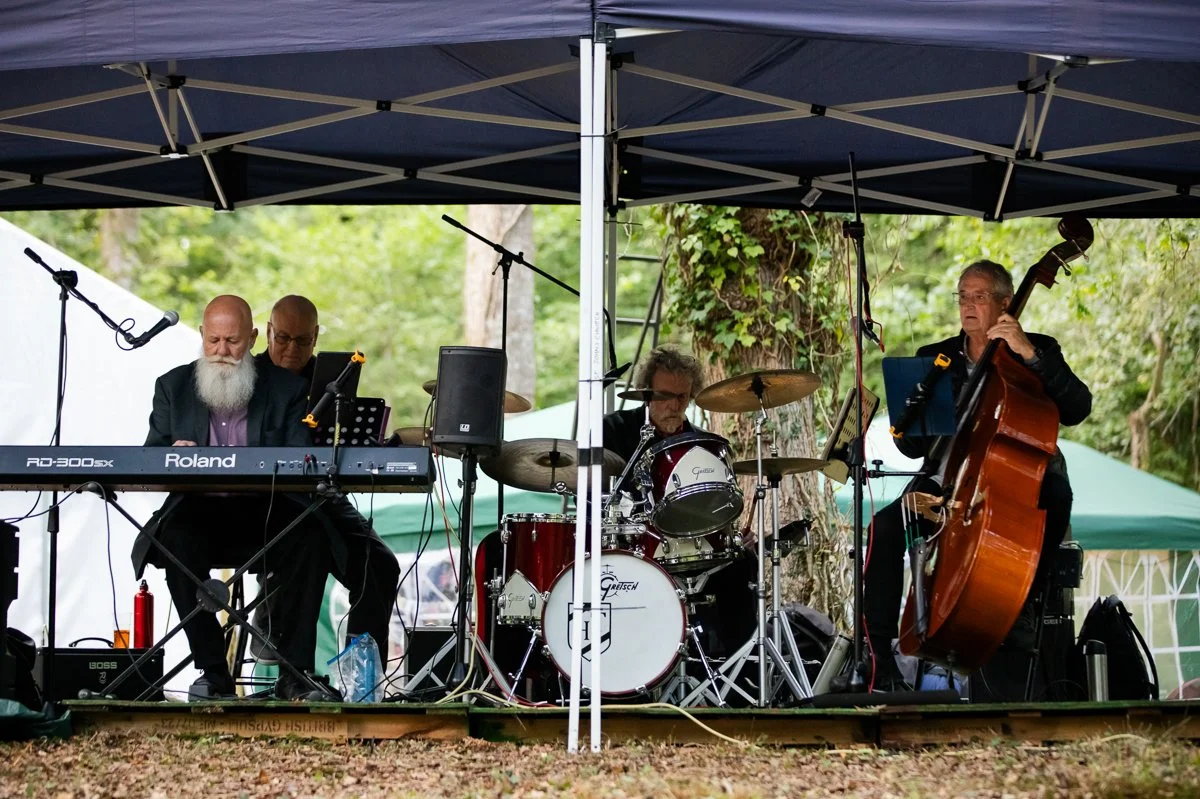Our SEAL work is THRIVE-ing
An interview with Nikita Anthony
“Honeypot’s goal is to encourage young carers’ curiosity and thinking. We want to evoke a sense of accomplishment in them when overcoming their difficulties.”
The ongoing pandemic forced us to diversify our services and come up with innovative approaches to ways in which we can continue supporting our children. While the majority of our interactions with children are currently happening online, we are still able to deliver some of our SEAL (Social and Emotional Aspects of Learning) work face to face to our most vulnerable children, in direct collaboration with local schools. This is possible through our partnership with THRIVE, a leading organisation that provides social and emotional active learning programme content for children.
Nikita, one of our team leaders, has been collaborating with Maesyrhandir School and Hafren School in mid-Wales. She qualified as a Thrive practitioner during the first lockdown, and has recently delivered a 10-week SEAL programme to a range of primary school children years five and six.
In a few sentences - what is SEAL?
SEAL is part of Honeypot’s Wrap-Round service consisting of a range of support services which aim to meet various needs of young cares, including social, emotional, educational and welfare needs. SEAL - social and emotional aspects of learning - specifically tackles the former two by combining learning with play, based on pre-defined educational outcomes. The idea is to equip young carers who struggle with emotional difficulties, with the confidence and belief that they can succeed in education. It’s all about making children aware of the skills they often already possess, and which are key to succeed in education and life.
What sort of activities do you DO?
The work is based on a creative and active approach, including memory games, role play and storytelling, to enable young carers to openly explore their thoughts and feelings amongst their peers; children work far better when they gain enjoyment out of their learning. Following the children’s learning targets, I am able to plan specific activities that support them with the development of their social and emotional wellbeing skills.
What do you like about SEAL online and the new Thrive partnership?
As with all our SEAL work, Thrive gives me an opportunity to really focus on the individual child, and find a solution that works for them. A key part of my role is to understand the particular emotional needs of the child, or group of children I work with, and come up with activities that target their specific needs. Every child comes with a different story and personality, and our SEAL service allows me to work with them in a very targeted way.
Can you give us an example of a SeAL session?
The central aim of one session was to introduce team building. I used ‘The egg challenge’, to do this, where the children had work together to create a safe space for the egg, whilst it was dropped from a height. Children worked in small groups to come up with a list of resources they felt would benefit them. I then gathered all of the resources the children had requested, and the challenge began. I encouraged the children to think of their previous ideas of what they thought made a good team and feed it through into their work.
Is there a particular story that stood out?
I remember a one-to-one session with a young girl who really struggled to portray herself in a positive way. She would happily talk about others in a positive manner, but it seemed almost impossible for her to highlight any positives about herself. I decided to use this as a starting point and began our first session with making a ‘friendship cupcake’. I asked her to explain what the positive attributes were that she searched for in a friend and to list them around her cupcake.
The child was able to list a number off positive qualities that she’d look for in a friend. The following week, I developed this activity to our own cupcake; what we believe are our own qualities. This was of course more challenging for her and she was automatically less engaged when the activity was reverted to herself. I decided to role model this activity and begin by drawing my own cupcake with things I believe are positive about myself. It was so lovely to see her starting to mirror this positivity, and slowly beginning writing her own positive assets on her cupcake. This showed me how such small confidence building activities can be a major break-through in helping them start to build a positive self-image. After the session, the class teacher approached me to say that the child hadn’t stopped smiling since she returned to class.
Have you noticed a change in the children’s emotional wellbeing after the sessions?
We have found these sessions to be extremely beneficial with lots of positive outcomes. I’ve been lucky enough to witness great development of social and emotional wellbeing within the children I’ve supported. The children have made progress within their SEAL targets through activities I have planned and created; I feel privileged to be apart of this ongoing support for the children who need it most.
“One of the most rewarding and beneficial experiences our children get to be a part of.”
“Everyday I wake up and ask my mum ‘Am I with Honeypot today?!’”
“There was an outstanding amount of fantastic choices to choose from for all!”









Another successful Honeypot Christmas Carol Concert brings festive cheer to Romsey Abbey.